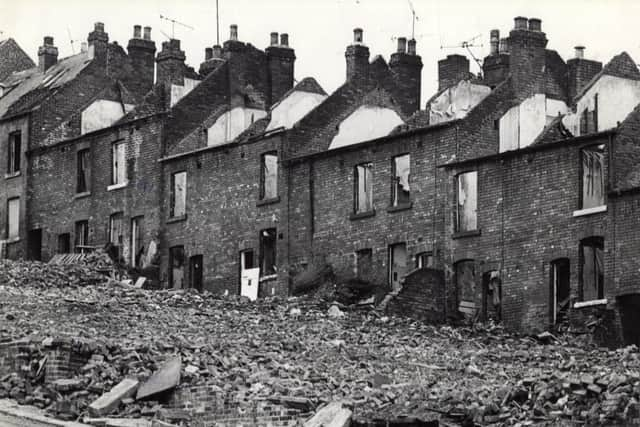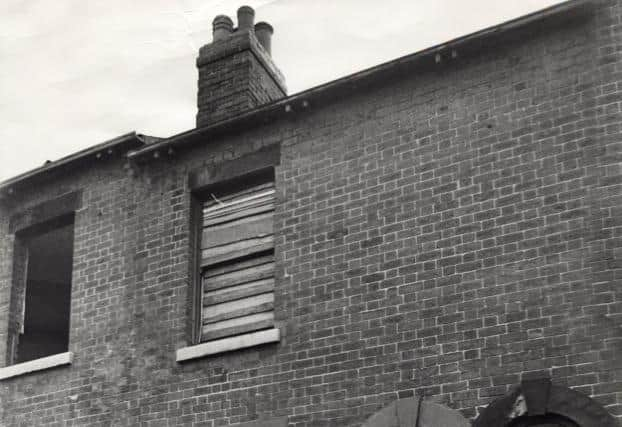Creating Sheffield's 'homes fit for heroes'
and live on Freeview channel 276
This meant more than just a good quality house; it meant that Britain would provide a higher standard of living for all.
Unfortunately post war Britain also had issues, unforeseen by the government.
Advertisement
Hide AdAdvertisement
Hide AdPost war Britain had a skills shortage in the building trades, also priority was given to other industries which were needed to get Britain back on its feet, and this hampered any opportunity to deliver on his promise.


Then in the 1930s Britain went into the Great Depression , which again caused another delay to ‘the promise’.
At the end of the decade Britain and most of Europe were embroiled in the second world war, this of course continued until 1945.
In 1946 Britain brokered a loan for approximately five billion dollars from the US and Canada.
Advertisement
Hide AdAdvertisement
Hide AdThis enabled Britain to make good on its promise to our soldiers, sailors, airmen and the nation, as well as the creation of the welfare state and NHS.


It also led to mass slum clearance in many cities and towns in the UK.
In Sheffield, as I recall, areas such as Pitsmoor, Attercliffe and Heeley – our industrial areas – were targeted.
I grew up in Pitsmoor, Ellesmere to be more precise, in the 1960s and 70s, I can just about remember the upheaval and demolition.
Advertisement
Hide AdAdvertisement
Hide AdFriends would regularly disappear to all points of the city, never to be seen again – at least until the advent of social media. You saw people every day, then didn’t.
The wholesale demolition of streets and roads in such a short time must have been horrendous for many regardless of the fact the new houses you moved into had indoor bathrooms and toilets.
Leaving homes to move miles away from where you and your family was born and raised; leaving memories, good and bad, family, friends, neighbours,schools, and sometimes employers to move to another part of the city.
One of the main things I remember as a child was the opportunity to explore the whole district.
Advertisement
Hide AdAdvertisement
Hide AdWhen someone moved out, we went in. This would be a new playground for us, with no adult supervision.
Access was normally gained via a coal grate, into the cellar, open the back door and we were all in; or we would go through the door or a window as sometimes they were missing.
There we could explore homes we’d never been in before.
We had great fun running in and out of bedrooms and shouting and bawling, jumping out windows, climbing on roofs.
Essentially they were homes without central heating, double glazing or bathrooms, but these were people's homes, who had been forced to move out. I'm sure some would have been happy to leave, but not all.
Advertisement
Hide AdAdvertisement
Hide AdThere are literally thousands of terraced houses in Sheffield virtually the same or similar to the one I grew up in.
They now have central heating, indoor plumbing and double glazing, wonderful homes.
I often wonder how these demolition areas would be if the plans had been different and if upgrades instead demolition had been the plan.